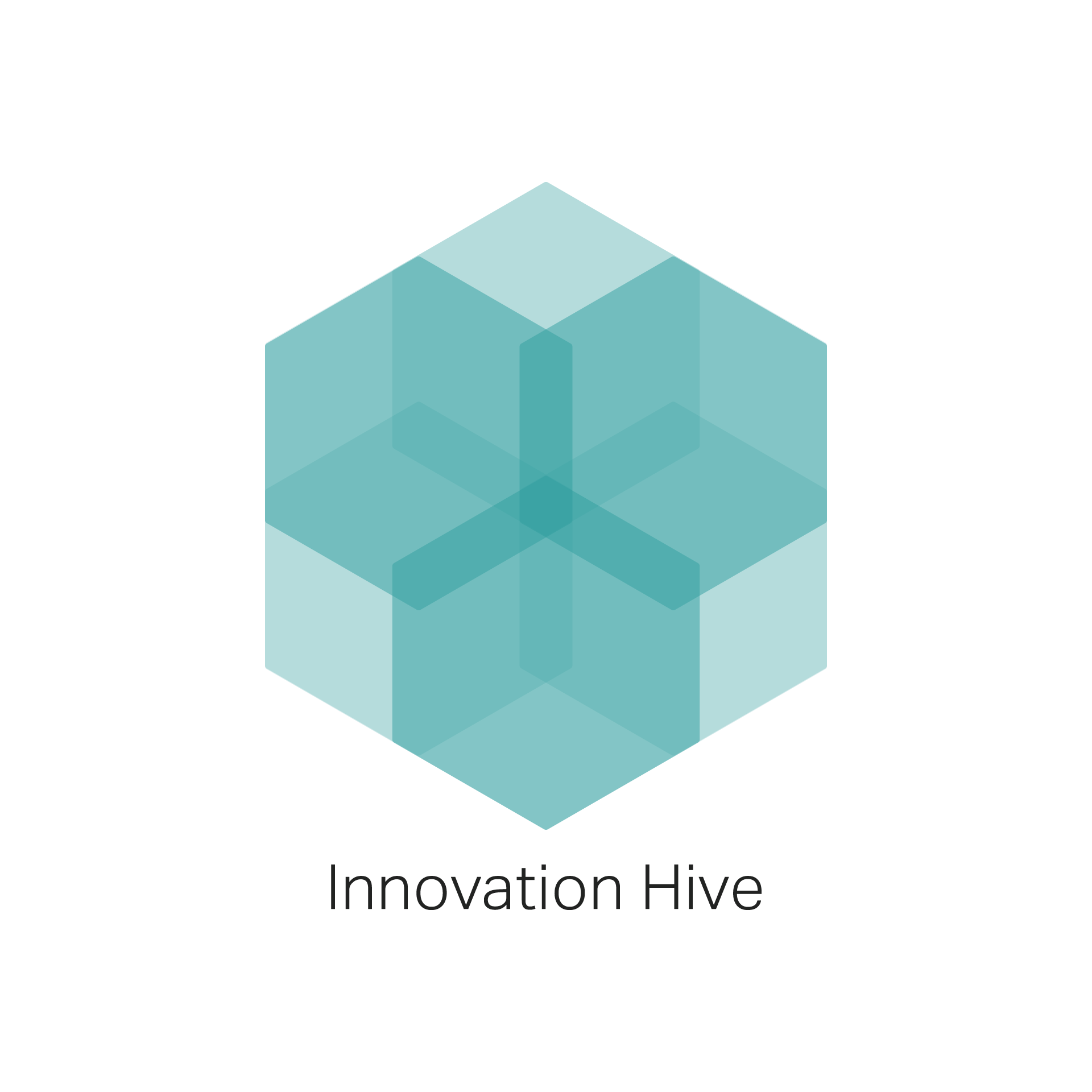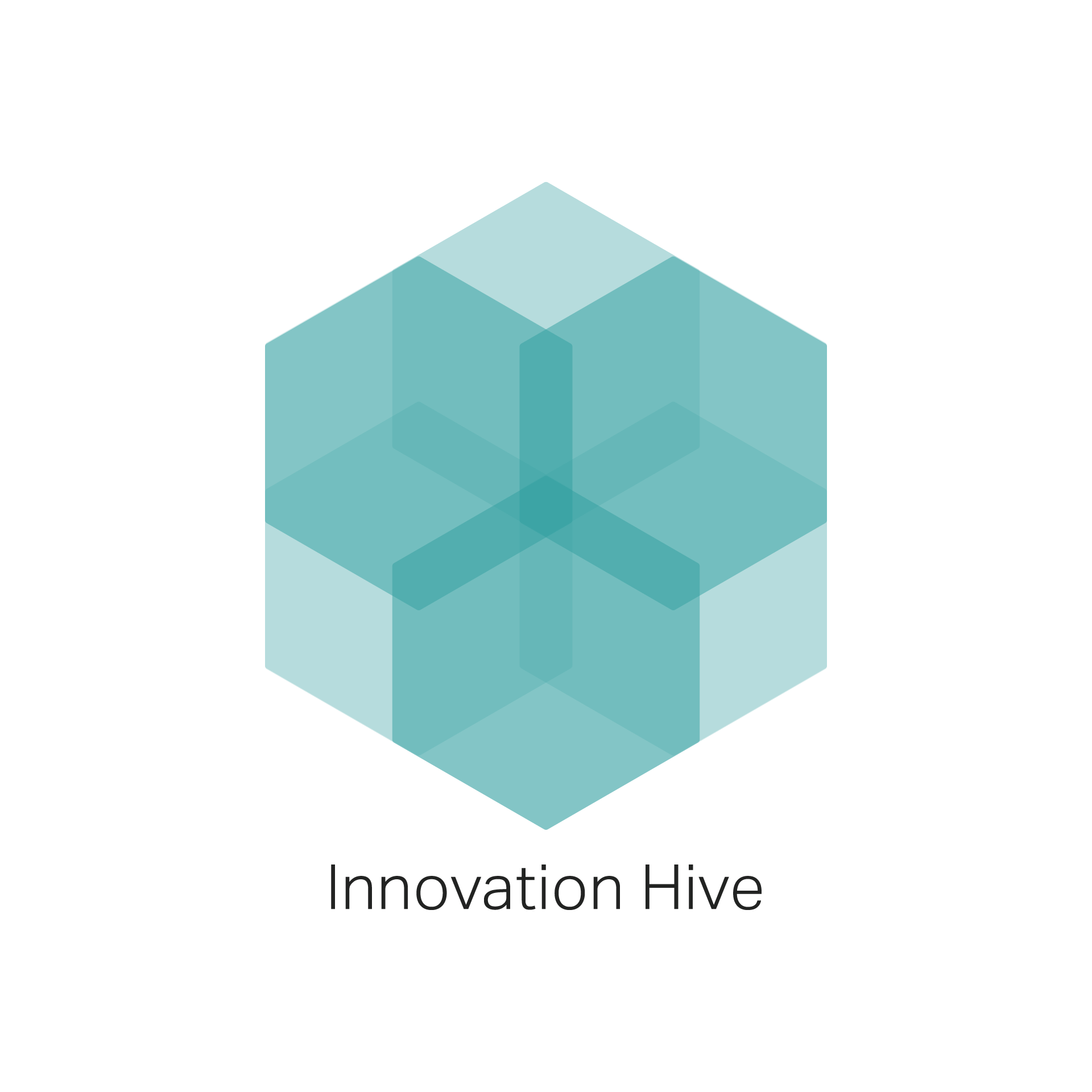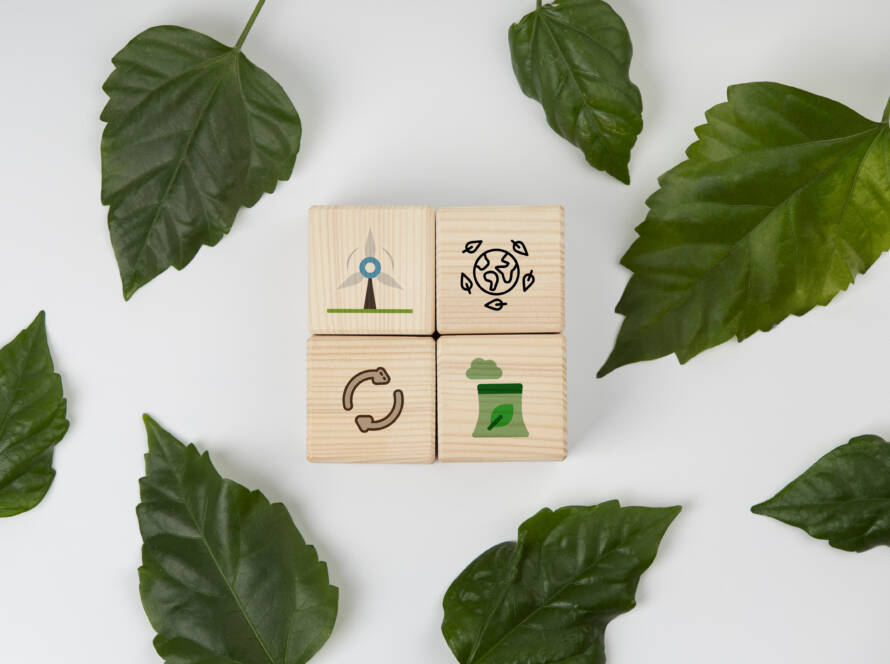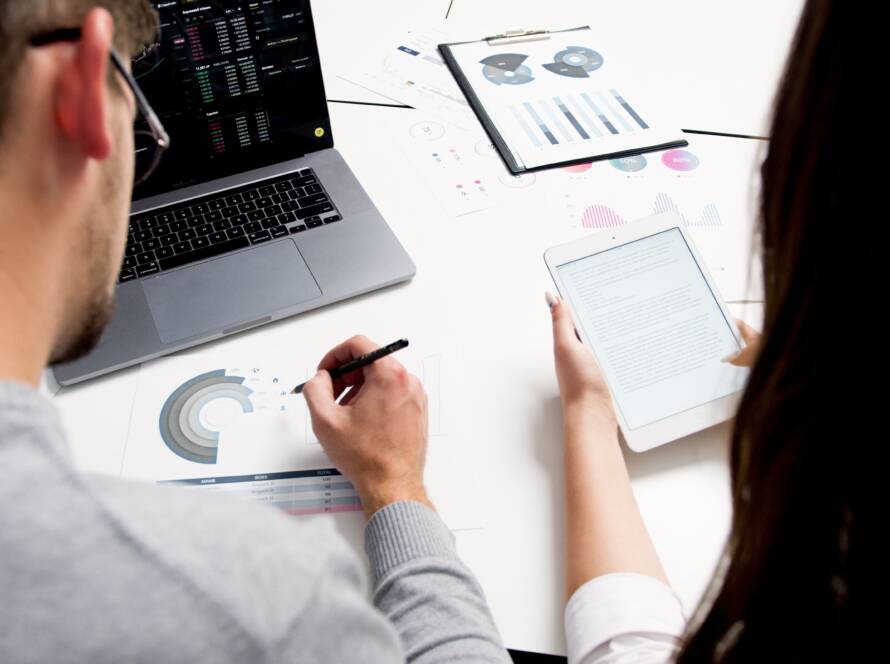The world is changing at a staggering speed, new technologies are evolving rapidly. In order to face change, one needs to be equipped with different skills. Digital is not a new sector, but a new way of doing things that contaminates all sectors and all professions, accordingly there are new opportunities for providing information to people with disabilities, allowing them better integration in daily lives.
Only a few years ago, combining words such as cultural heritage and digital innovation seemed like a leap into a fascinating but still too distant future. Instead, that future is already now, and indeed it also quickly becomes past. This is because technological progress runs incredibly fast, fueling an increasingly pervasive digital revolution, which is causing profound and sudden changes in all sectors of our daily life, with a significant impact also in the field of cultural heritage. Today, advanced technologies offer extraordinary opportunities in terms of the protection and enhancement of cultural heritage and in terms of accessibility.
The ArtWin project, an initiative aimed at the convergence of culture and technology, is at the forefront of this digital transformation. It is making significant strides in equipping individuals related to culture with the necessary digital and accessibility skills, ensuring that cultural services are accessible to people with disabilities.
Sharing Best Practices Across Europe
Another notable achievement of the project is the development of an innovative open educational resource – the ARTWIN Guidebook of good practices along the EU. This resource is based on real-world field research, best practices, and testing. It delves into the context of operation and the context of use of ICT technologies, shedding light on how digital technologies are employed by cultural entities across Europe. The guidebook serves as a valuable database, allowing users to glean insights from successful initiatives in different countries.
Tools for a More Inclusive Cultural Experience
The ARTWIN project doesn’t stop at education; it aims to create the ARTWIN Digital Program Toolkit that equips its target groups with high-quality knowledge and skills. This toolkit is designed to make art and culture accessible to a wide range of individuals, including those with varying perceptual, motor, and cognitive abilities. With a focus on open source technology, the toolkit covers a range of cutting-edge tools and technologies, including artificial intelligence algorithms, immersive technologies, 3D printing, vocal search/vocal systems, augmented and virtual reality, multisensory and tactile paths, and more.
Empowering Cultural Enthusiasts
One of the standout results of the ARTWIN project is the creation and finalization of the ARTWIN e-learning platform, piloted recently, which houses an array of training materials and tools. This platform provides a user-friendly environment where individuals can register, create their profiles, and participate in real-time activities announced in advance. More than just a training tool, this platform empowers not only Youth Workers and young people but is also open to a wider audience, making it adaptable to various contexts.
Transnational Meetings and Upcoming Multiplier Events
The project also emphasizes collaboration and exchange of ideas. Two transnational meetings took place in Trani, Italy in April 2023 and Paphos, Cyprus in September 2023, where partners discussed the next steps of the project, fostering international cooperation.
To further disseminate knowledge and achievements, ArtWin partners will host their Multiplier Events in December and January, ensuring that the valuable insights gained are shared widely.
The ArtWin project exemplifies the potential of digital technology to revolutionize accessibility and cultural heritage. With its emphasis on education, collaboration, and innovation, it’s poised to change the way we think about culture and inclusivity. As technology continues to evolve, initiatives like ArtWin will continue to play a crucial role in bridging the gap between culture and accessibility.



